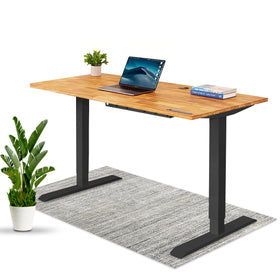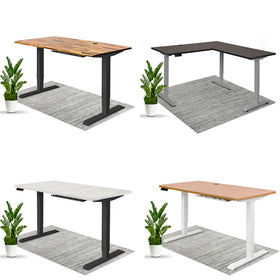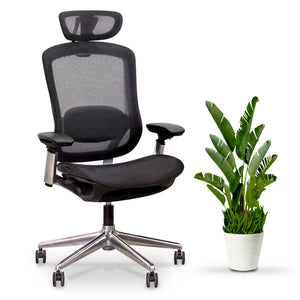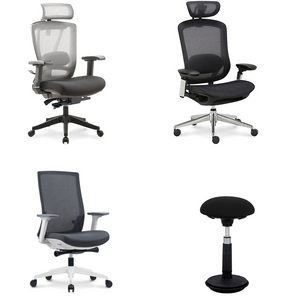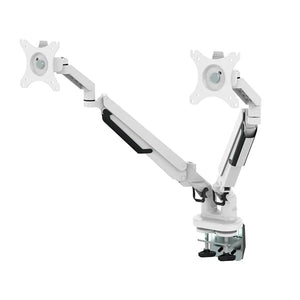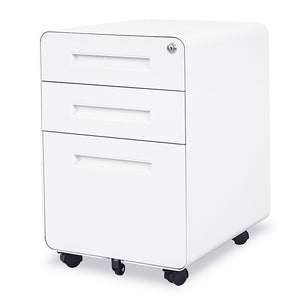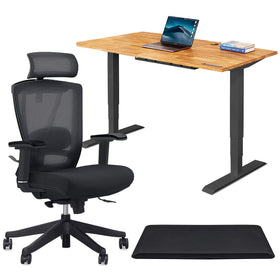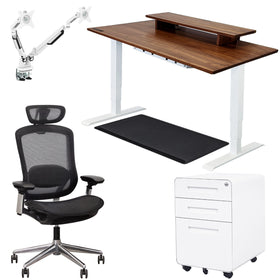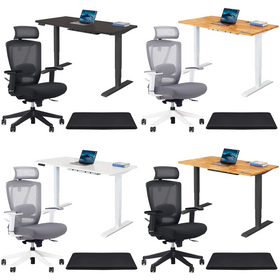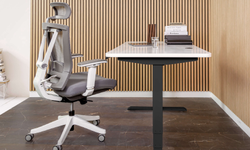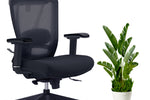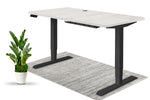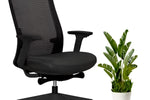-
Top Best Standing Desks for a Short Person April 28, 2024
-
Perfect Ergonomic Workspace for Creatives April 24, 2024
-
Future of Office Furniture: Sustainable Designs April 19, 2024
-
Leather vs Mesh Office Chairs: The Pros and Cons April 11, 2024
-
AeryChair - Ergonomic Chair530 CAD
-
Standing Office DeskFrom835 CAD
-
GrinChair - Ergonomic Chair380 CAD
-
Home Office Standing DeskFrom715 CAD
5 Key Benefits of Standing Desks for Classrooms
As the popularity of adjustable standing desks continues to soar in workplaces globally, individuals are discovering their pivotal role in diverse settings. Whether used at home by hobbyists or integrated into the offices of high-ranking professionals, standing desks have become a fixture in various contexts. Notably, there is a growing awareness among educators, students, and parents about the remarkable advantages of integrating standing desks for classrooms, emphasizing the positive impact on both physical health and academic performance.
At EffyDesk, our dedicated team is constantly exploring innovative ways to enhance workstations for individuals across all demographics. Our adjustable standing desks, along with our ergonomic office chairs and accessories, are crafted with precision, are designed to elevate the health, productivity, and overall well-being of a broad spectrum of users. In the following sections, we delve into a comprehensive exploration of five key benefits that are pushing academic institutions to purchase standing desks for classrooms.
1. Creating a Dynamic Learning Environment
Adjustable standing desks revolutionize the traditional classroom setting, fostering a dynamic environment that encourages increased interaction among students. These versatile desks empower learners to adapt their physical positions, promoting engagement and creating a more active and collaborative learning space. By allowing students to alternate between sitting and standing, these desks mitigate the sedentary nature of traditional seating arrangements, thereby enhancing circulation and attentiveness.
The flexibility offered by adjustable standing desks often facilitates spontaneous group discussions, peer collaborations, and a more fluid exchange of ideas. Students can easily transition from individual tasks to collaborative projects, breaking down physical barriers and promoting a sense of shared space. This not only enriches the learning experience but also cultivates valuable interpersonal skills as students learn to communicate effectively, share insights, and collaborate seamlessly. In essence, the incorporation of adjustable standing desks in the classroom redefines the traditional static model, fostering a vibrant and interactive educational environment that positively impacts students' social, cognitive, and physical well-being.
2. Increasing Physical Activity
Integrating standing desks into the classroom setting serves as a proactive measure to keep children and young adults physically active throughout the school day. These desks offer a practical solution, allowing students to stand and move while engaging in learning activities, combating the sedentary lifestyle associated with traditional seated classrooms. This is particularly crucial for high school students who may no longer be mandated to participate in regular physical education classes. As schools emphasize academic achievements, the implementation of standing desks becomes a strategic approach to compensate for the potential loss of physical activity opportunities.
Standing desks provide a means for students to incorporate subtle movements, such as shifting weight or fidgeting, into their daily routine, promoting better circulation and reducing the health risks associated with prolonged sitting. By seamlessly integrating movement into the learning environment, standing desks contribute to overall well-being, supporting students' physical health, and mental alertness. This innovative approach not only helps address the shift away from mandatory gym classes but also underscores the importance of a holistic educational environment that prioritizes both academic and physical development for the well-rounded growth of high school students.
3. Improved Focus and Productivity
The introduction of standing desks in the classroom is often a catalyst for heightened focus among students. By allowing dynamic adjustments to their working positions, these desks provide an outlet for excess energy and promote a more engaged and attentive learning environment. The ability to stand encourages better posture, alleviating physical discomfort and fostering an atmosphere conducive to sustained concentration. Studies have indicated that incorporating standing desks in classrooms contributes to increased alertness and decreased restlessness, allowing students to channel their energy into academic tasks more effectively.
The subtle movement associated with standing, such as weight shifting or gentle swaying, has been linked to enhanced cognitive function and improved information retention. As students find a comfortable balance between sitting and standing, the physical engagement positively influences their mental acuity, creating an optimal setting for focused and productive learning. In essence, the integration of standing desks in the classroom not only addresses the physical aspect of well-being but also emerges as a strategic tool to cultivate a conducive environment for sustained concentration and heightened academic focus.
4. Correcting Bad Posture
Adjustable standing desks prove to be a pivotal solution in the ongoing battle against poor posture among students, a challenge exacerbated by the prevalent use of electronic devices. In an era where students spend extensive periods hunched over phones, tablets, and laptops, the consequences on posture have become increasingly pronounced. Standing desks offer a proactive approach to counteract these effects by promoting a more ergonomic and spine-friendly work environment. The ability to customize desk height allows students to align their screens at eye level, reducing the strain on their necks and shoulders associated with prolonged periods of looking down. By encouraging periodic shifts between sitting and standing, these desks discourage the development of static postures that contribute to discomfort and musculoskeletal issues.
Moreover, the standing position promotes a natural curvature of the spine, fostering better alignment and muscle engagement. This not only helps in preventing the onset of poor posture but also aids in the correction of existing issues. As a comprehensive solution, adjustable standing desks address the modern challenges posed by constant device use, providing students with a valuable tool to cultivate better posture habits and maintain long-term musculoskeletal health.
5. Holding Students Accountable
Adjustable standing desks contribute positively to classroom dynamics by offering teachers an advantageous vantage point to monitor and guide students' engagement. In a world dominated by technology, where students often find themselves engrossed in their phones during class, the standing desks inadvertently enhance the teacher's ability to observe student activities. The elevated position provides educators with an unobstructed view of the students' workspace, making it easier to detect when devices are in use. This unintentional benefit transforms into an opportunity for teachers to foster a more interactive and focused learning environment. With a clearer line of sight, instructors can promptly address questions, provide real-time feedback, and encourage collaboration among students.
Rather than a surveillance tool, the standing desk becomes a facilitator of constructive interaction, allowing teachers to guide students towards productive engagement while seamlessly integrating technology into the learning process. This unintended advantage showcases how the implementation of adjustable standing desks can be a positive asset in navigating the challenges posed by technology in the modern classroom.
Ultimately, the integration of adjustable standing desks in educational settings is an excellent addition, addressing various facets of student well-being and classroom dynamics. These desks not only combat sedentary habits and poor posture but also enhance focus, creating an environment conducive to collaborative learning. By inadvertently aiding teachers in monitoring student engagement positively, the standing desks become a valuable asset in navigating the challenges posed by technology. As we witness the evolution of traditional classrooms, the adoption of these innovative workstations reflects a commitment to holistic student development, emphasizing health, engagement, and adaptability in the pursuit of an enriched educational experience.







